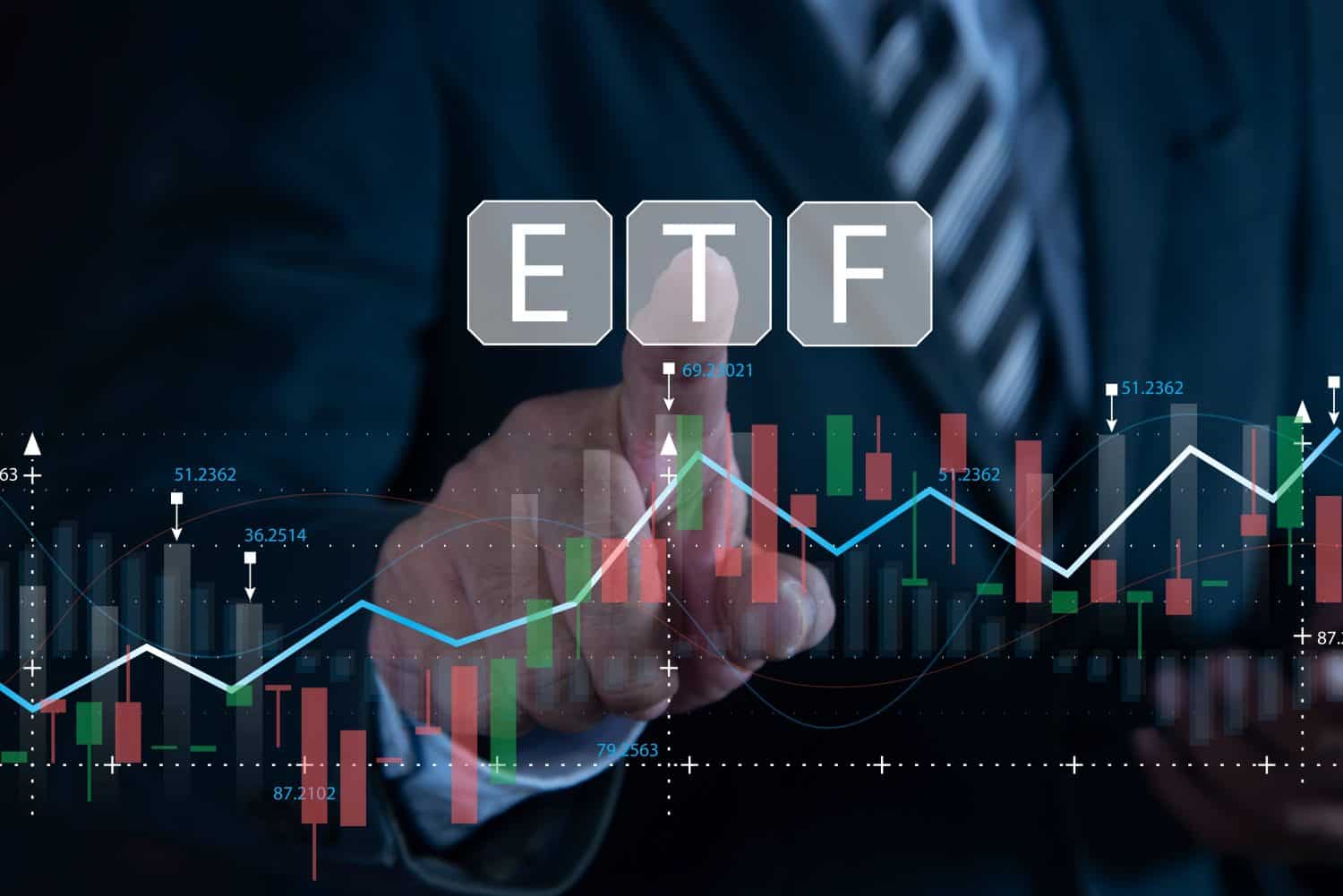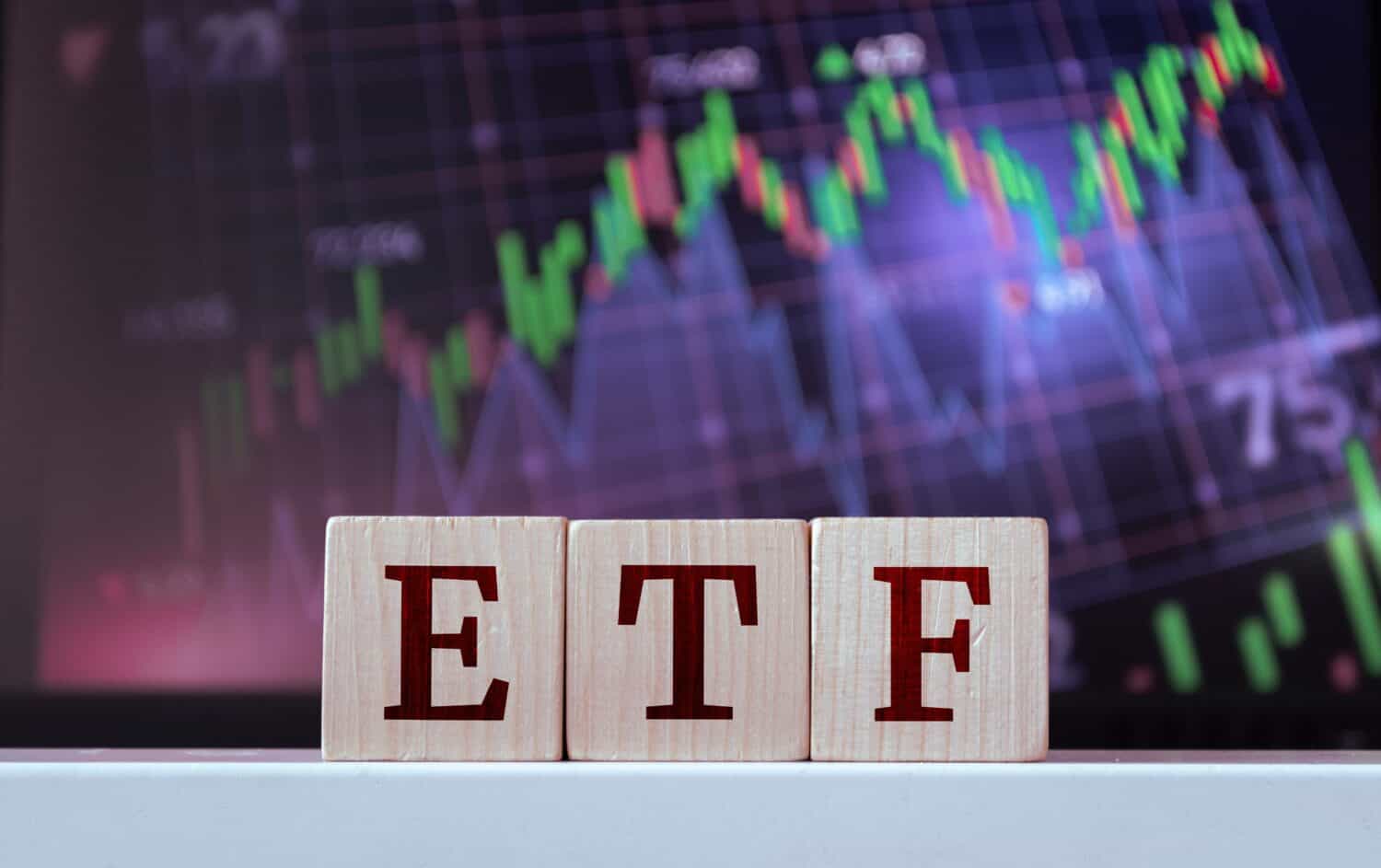Investing
Here's Why The Vanguard S&P 500 (VOO) Could Rocket to New Highs in 2025

Published:

Launched in 2010, Vanguard S&P 500 ETF (VOO) provides investors with broad S&P 500 exposure with lower fees than SPY. Thus, this fund appeals to a range of long-term investors focused on cost efficiency, and many experts have suggested that VOO’s growing popularity suggests it could overtake SPY in terms of total assets by 2025.
I’m not sure if that will be the case, but I can say that this particular ETF is very appealing for passive investors looking for the absolute best compounding potential over the long-term at the lowest possible price.
Given the company’s essentially perfectly-matched performance relative to the S&P 500, market expectations for the largest 500 equities in the U.S. will continue to drive this fund’s performance over time. For now at least, market participants appear to be pricing in around 11% upside with a moderate buy rating on VOO over the next year. And given this fund’s performance in recent years, that return does seem to be reasonable and would lead to much higher highs in the year to come.
Here’s the bull case behind why market experts may continue to be right in projecting double-digit upside and new all-time highs for VOO in 2025.

Currently trading around $555 per share, analysts project VOO’s average price in 2025 to be $614.07, with estimates ranging from a low of $503.13 to a high of $716.68. Of course, the lower-end predictions suggest that the S&P 500 as a whole could run into some major headwinds in the coming year (that’s roughly 9.5% downside from current levels), and there are reasons for such skepticism. After all, global markets outside of the U.S. have seen such declines in recent years, and the question is whether U.S. stock market exceptionalism will continue. We’ll see.
The upside projections are perhaps more telling, with the upper end of the range of analysts surveyed on the market suggesting the S&P 500 could surge nearly 30% over the coming year. Personally, I think such targets are likely overdone – very few years provide such gains. However, there are a number of catalysts – from AI to a range of other technologies – that could indeed spur incredible valuation growth as interest rates come down and the economy improves.
That’s the hope, and we’ll have to see how things play out. But owning VOO provides investors with exposure to the best world-class blue-chip stocks the U.S. has to offer. And up to now, these are the stocks that investors around the world seem to want to own.

Diversification is key to responsible investing, and whether an individual investor achieves this diversification via picking individual stocks and spreading risk across multiple assets and sectors, or simply investing passively in funds like VOO, not putting too many eggs in one basket is one of the key investing principles most are taught early on.
If one or two of the largest 500 companies went into bankruptcy tomorrow with no warning, an investor with only 20 or 15 positions who owned one of these stocks could see a massive loss in their portfolio. However, an investor who bought VOO and was fully diversified would likely see little impact at all, given the market-weighted nature of the ETF and how it rebalances. Spreading risk is important, and while greater returns are often granted to stock pickers, these returns do come with excess risk.
Importantly, VOO tracks the S&P 500, a benchmark which has provided average annual returns of around 11% since 1957. So, for investors who are truly in the investing game for the long-term, buying and holding a fund like VOO (and contributing over the long-term), is one of the most sure-fire ways to grow one’s wealth over time.

I think both passive and active investors can benefit from the low-cost diversification VOO provides. With a 0.03% expense ratio, far below the 0.77% average for similar funds, this is among the cheapest options in the market and provides some of the highest-quality exposure to the growth the market provides at the best price. Bottom line – long-term investors will beat the vast majority of stock pickers and hedge funds by simply owning VOO. It’s that simple.
For those who want to be more active, building a base that’s comprised of VOO and maybe a few other sector-specific ETFs is a great way to play certain trends and stay invested for the long-haul. Whatever your strategy, I do think VOO is worth holding long-term, and I wouldn’t be surprised to see this ETF outperform the consensus price target by the end of 2025.
Are you ahead, or behind on retirement? For families with more than $500,000 saved for retirement, finding a financial advisor who puts your interest first can be the difference, and today it’s easier than ever. SmartAsset’s free tool matches you with up to three fiduciary financial advisors who serve your area in minutes. Each advisor has been carefully vetted and must act in your best interests. Start your search now.
If you’ve saved and built a substantial nest egg for you and your family, don’t delay; get started right here and help your retirement dreams become a retirement reality.
Thank you for reading! Have some feedback for us?
Contact the 24/7 Wall St. editorial team.